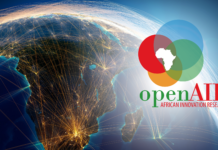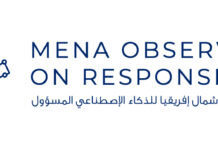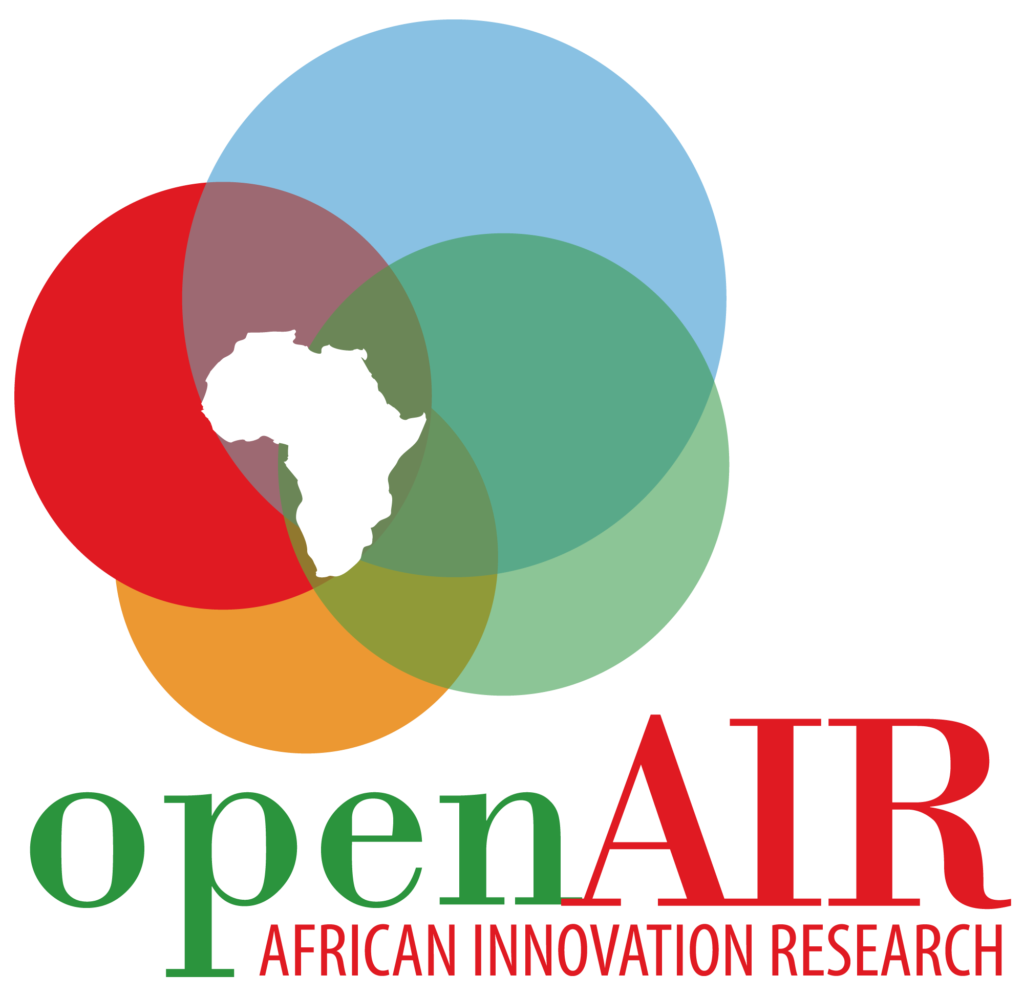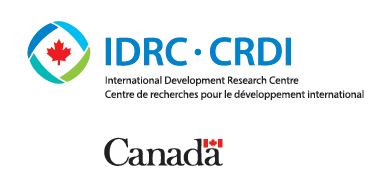By Nagla Rizk
The Access to Knowledge for Development Center (A2K4D) leads the research on metrics, laws and policies within the Open African Innovation Research network (Open AIR). The objective is to devise alternate metrics for measuring knowledge and innovation that provide a more accurate reflection of Africa’s innovation reality. Through dissemination and engaging with stakeholders, we hope that this work contributes to informing and positively influencing innovation policy making in Africa.
In Rizk et al. (2017)[1], we review the mainstream measures of innovation at both the macro and micro levels. We argue that both approaches measure only part and not the full extent of innovation that occurs in Africa. We look for evidence of other forms of innovation to complement these measures in order to accurately present the full picture of African innovation.
Our critique is founded on four main hypotheses. First, we argue that conventional metrics view innovation inputs and outputs through a formal lens. Proxies such as scientific journals and R&D personnel are used to gauge innovation. Since much of the innovation processes in Africa occur through informal channels in both the formal and informal sectors, a significant portion of Africa’s innovation inputs and outputs immediately escapes the radar of conventional metrics.
Second, conventional metrics are primarily concerned with the commercial outcomes of innovation, e.g. patents and royalty payments. They therefore overlook a set of innovations that occur in both formal and informal sectors. In this context, conventional measures may also miss innovation for social causes or for personal use.
Third, conventional indicators use one yardstick to assess diverse economies with differing developmental realities. The dynamic nature of innovation, coupled with the unique realities of African economies means that the current indices magnify the innovative achievements of advanced economies, and understate those of less advanced ones such as African economies.
Finally, and as is the case with macro studies, aggregation means that macro indicators miss out on details on the micro level such as measuring intangibles or human related variables. This is more so the case for developing countries where macro data, to start with, is unavailable or inaccurate, and where a good part of knowledge and innovation is tacit and verbal. Micro studies, including case studies, firm studies or sector specific analysis can present a more accurate picture of the reality on the ground.
Even with micro studies that focus on innovation assessment at the firm level, survey questions inquire solely into formal aspects of innovation. For example, informal means of human skills development such as apprenticeships go unaccounted for, and these are abundant in Africa. While useful for purposes of comparative cross-country/sector analyses and policy implications, micro studies need to be nuanced to include aspects of African innovation that are not normally depicted by the mainstream radar.
Based on these hypotheses and in light of our previous research within the Open AIR network, we propose studying three pillars of innovation that exist on both the input and output side of the innovation process: collaborative innovation, human skills development and knowledge governance, appropriation and sharing. In all three, our hypothesis is that innovation in Africa takes place in a mode that is collaborative, based on openness and sharing. Additionally, a wealth of skills development and collaboration occur, most or all of which go unmeasured.
We examine the above three pillars through the interactions of formal and informal innovation activities within the spectrum of the formal and informal sectors. Such combinations bring up four main settings in which innovation occurs in the developing world: informal innovation in the informal sector (such as user innovation and innovation outside of the R&D units), informal innovation in the formal sector (such as employees working together organically and voluntarily), formal innovation in the formal sector (such as R&D departments in firms), and formal innovation in the informal sector (such as formal collaborations between informal and formal entities ).
| Formal Sector (FS) | Informal Sector (IS) | |
| Formal Innovation (FI) | FI/FS | FI/IS |
| Informal Innovation (II) | II/FS | II/IS |
To better capture the above-mentioned dimensions of innovation, two research activities are underway. The first is a synthesis of Open AIR case study research where we have compiled evidence to gauge stories and anecdotes that give a more accurate reflection of innovation realities across the continent. There are a myriad of examples of collaboration that takes place informally, like peer-to-peer collaboration. Evidence also suggests that innovation is taking place, despite limited patent filings, whereby alternate means of registering innovation are common.
Additionally, we have developed a pilot survey in collaboration with Egypt’s Academy of Scientific Research and Technology (ASRT) that inquires into both formal and informal aspects of innovation taking place amongst 1000 micro, small and medium enterprises in food and beverages, leather and related products and textiles industries in Egypt. Fieldwork is now complete and preliminary results support our hypotheses. Results show that skills development occurs predominately informally, through learning by doing, cooperative learning and apprenticeships. Existing metrics would not capture this, and instead focus on formal means of skills acquisition such as university degrees and scholarships. Survey results indicate that these were in fact the least important means of skills development for the sample.
One of the objectives of A2K4D’s empirical research conducted within the Open African Innovation Research Network is to inform national innovation policy making. In December 2017, Rizk and team participated in a workshop at Egypt’s Academy of Scientific Research and Technology (ASRT), facilitated by WIPO’s Senior Economic Officer. The workshop brought together government representatives and academics to discuss Egypt’s innovation indicators. Rizk is also a member of an ASRT led committee that brings together different innovation ecosystem stakeholders. In the Spring of 2018 Rizk also brought A2K4D’s insights into alternate metrics for innovation to an innovation policy roundtable coordinated by the Technology Innovation and Entrepreneurship Center (TIEC), Egypt’s Ministry of Communication and Information Technology’s incubator.
Research on measuring innovation in Africa will continue with further fieldwork in other African cities and in liaison with global and national partners and stakeholders. As the North African Hub of Open AIR, A2K4D is grateful for International Development Research Centre’s (IDRC) continued support for this research.
[1] Rizk et al. (2017) Towards an Alternative Assessment for Innovation in Africa. Working Paper, Open AIR.










